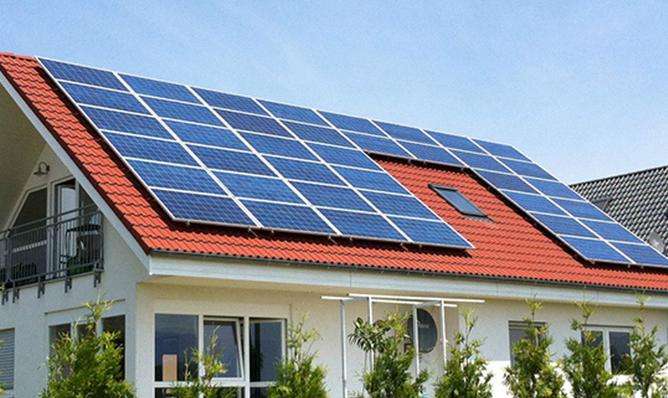Shenzhen generator
http://www.cnsz-bc.com/
1 Objective
Ensure the integrity and safety of the generator diesel. adjusts the operation to ensure that it can be used in time when the mains power fails to ensure normal power supply.
2. Scope of application
Diesel generator set.
(1) Routine maintenance of diesel generator sets
1. Check the water level and oil level once a day
2 Clean the exterior surface of ; the unit and the engine room once a day.
(2) Monthly maintenance of the diesel generator:
1. Clean the exterior surface of the unit
2. flexible and lubricated. Connection point;
3. Replace the cooling water, measure the pH value before and after replacement (the normal value is 7.5-9), keep a record of the measurement, and add chemicals if necessary. necessary (ininform the water treatment worker to cooperate);
4. Check the tension of the fan belt and charger belt, and adjust if necessary; Power generation test of electrical work, check the readings and temperature of each instrument when the diesel engine is running. Check if the volume is normal and make operation records.
(3) Quarterly maintenance of the diesel generator:
1. Check the air flow resistance indicator and clean the air filter when it appears red; , drain the diesel water and clean the first stage diesel filter;
3. Pay attention to the lubrication of the fan pulley and belt tensioner bearing;
4. mechanical overspeed protection device If the oil level is insufficient, add oil;
5. Check the tightness of the main external connection bolts.
(4) Annual maintenance of diesel generator sets:
1. Cooperate with electricians to carry out parallel and on-load operation and check the operating conditions; . Cooperate with electricians to simulate Test the performance of each safety protection device;
3. Check the axle, open the gear and make records;
4. Remove the inspection cover to observe. and inspect the condition of the shaft and cylinder;
5. Add chemicals to clean the cooling system (inform water treatment worker to cooperate);
6. Check oil quality and replace oil if necessary;
7. Clean the secondary diesel filter;
8. Clean the oil filter;
9. Add the following after each. 500 operating hours:
A. Replace the second grade diesel filter element;
B. Replace the engine oilur;
C. connecting rod bolts and bolts;
D. Check and correct valve clearances, fuel injection timing and maintain records;
E. Testing and adjusting fuel injector pressure.
1. Do not add water during operation
You should know that it is not recommended to add water during operation of the diesel generator. Once the engine starts, this is not the case. recommended to add water., since there is no cooling water in the body, the various parts of the engine heat up quickly, especially the cylinder head and the water jacket outside the diesel engine injector. If cooling water is added at this time, the cylinder head and water jacket. will be easily affected by sudden changes. Cracks or warping may occur due to cold. 2. Precautions when adding water during shutdown (1) Heating water in winter. During'cold winter, it is difficult to start the generator. If cold water is added before starting, it is easy to freeze in the lower chamber of the water tank and in the water inlet pipe during the water filling process or when the water is added but fails to start. be started in time, preventing water from circulating, it may even cause the water tank to burst. Adding hot water can, on the one hand, increase the engine temperature (2) Add clean, soft water. After filling the water tank with antifreeze, if you find that the liquid level in the water tank has dropped, simply add fresh, clean water (distilled water is best) assuming that there is no leak, because the boiling point of commonly used ethylene glycol antifreeze is high, what evaporates is the water contained in antifreeze, it is not necessary to replenish the antifreeze but only dand fresh water. It’s worth mentioning: never add unsoftened hard water. (3) Fresh water selection. Fresh water generally includes rain water, snow water, river water, etc. This water contains few minerals and is suitable for engine use. The added water must be clean. Impurities in the water will block the water channels and worsen the wear of the water pump impeller and other components. If hard water is used, it must be softened first. Softening methods typically include heating and adding lye (usually caustic soda).














